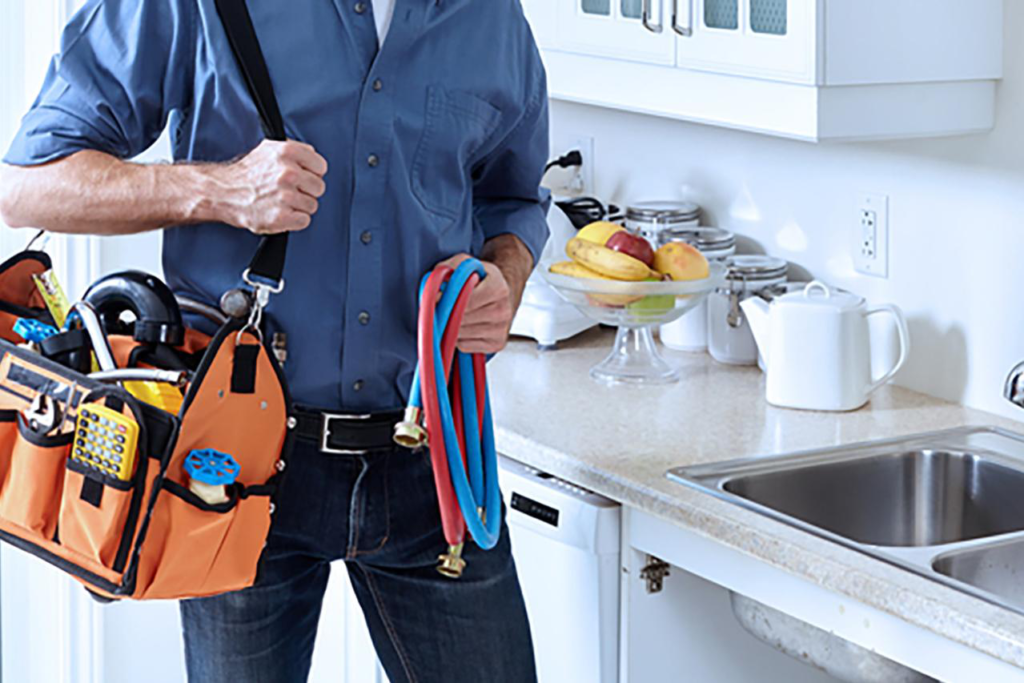HVAC system is essential to our everyday home comfort. It is hard to even imagine living without it, especially when the extreme weather strikes. Alas, due to various technical difficulties, as well as wear and tear, it can let us down when we need it the most. The good news, though, is that a little upkeep goes a really long way. You must not wait for the worst to happen: use this simple maintenance checklist to keep your HVAC system running like clockwork. You should be able to boost the lifespan and efficiency in the long-term: it is a clear win-win for you.

An action plan
Regardless of the type of HVAC system you have, there are some fundamental rules to adhere to. First of all, you must put together a simple maintenance plan instead of doing things haphazardly. Many of the tasks have different schedules: monthly, seasonally, and annually. Skipping and postponing them only leads to bigger problems down the road and costs you dearly. So, rest assured that upfront time and money investment pays rich dividends later.
Getting educated
Furthermore, get familiar with the components of the HVAC framework: furnace, heat exchanger, the evaporator coil, the condensing unit, the refrigerant tubes, the thermostat, the ductwork, the vents, and the heat pump. All HVAC systems tend to have these moving parts. What is more, it is vital to understand that they are dependent on each other to function efficiently. We will not cover all of them in this guide, but focus on those that demand the most care and attention.

Immediate response
There are many concrete steps to consider taking right away. For instance, it is a good idea to purchase a high-efficiency, pleated air filter and replace your tired old component. The former have electrostatic charges capable of capturing the tiniest particles, including those bearing bacteria. Likewise, note that you should swap filters at least every 90 days or when you notice they became clogged and dark. Any build-up can significantly reduce the amount of air HVAC draws in.
Pro touch
It is always a safe bet to hire a local HVAC company to inspect your system every fall and spring (twice a year). In all likelihood, professionals will also perform tasks such as cleaning the wiring and internal mechanisms or fixing electrical and motor failures. These can be rather challenging for average homeowners to complete. And in case your unit is beyond salvation, you have to think about replacing an outdated HVAC system. Do not worry because you stand to profit a great deal in the long-term.
Seasonal chores
In the fall, you have some extra obligations to meet. Firstly, replace the humidifier filter and also turn on the water supply. Secondly, set the humidistat to an appropriate level— between 35% and 40% relative humidity. Next, it would be wise to also check whether there are leaves, pollen, twigs, and grass stuck in your air conditioner (AC). During spring, summer, and fall, this is something that you should do on a weekly basis. Failing to do so impedes the normal functioning of the unit.

In the clear
While at it, also clear the area of 2 feet around outdoor air conditioner and heat units. There might be some plants encroaching on your unit and hampering its ability to pull fresh air from all sides. As for the dirt and debris, it can be washed away with a hose, after turning off the unit, of course. Bear in mind that there should also be around 12 inches of free space around the coil— it always needs to be clean for optimal heat exchange to be in place.
Annual maintenance
Some maintenance tasks take place every year and they are crucial for the optimal functioning of the HVAC. For example, see to it that you install a new carbon monoxide battery. Examine your outdoor AC unit and confirm it sits firmly in place, on level ground (or secure pads). Finally, clean AC condensate drain. You can use a water-bleach mixture for this job. Just pour one cup of it down the drain and let it work its magic, preventing algae and mould from clogging it again.
On top of it
Nobody likes maintenance chores, but waiting for your HVAC to start malfunctioning is a risky move. On the other hand, a smart preventive approach yields impressive results. So, grasp different facets of maintenance and take action immediately. Work out a solid maintenance plan and schedule. The chief goal is to facilitate unhindered airflow and deal with any dirt and debris. If you suspect something is seriously off, do not hesitate to call professionals. In any event, do everything you can to make sure your HVAC is in top shape.


